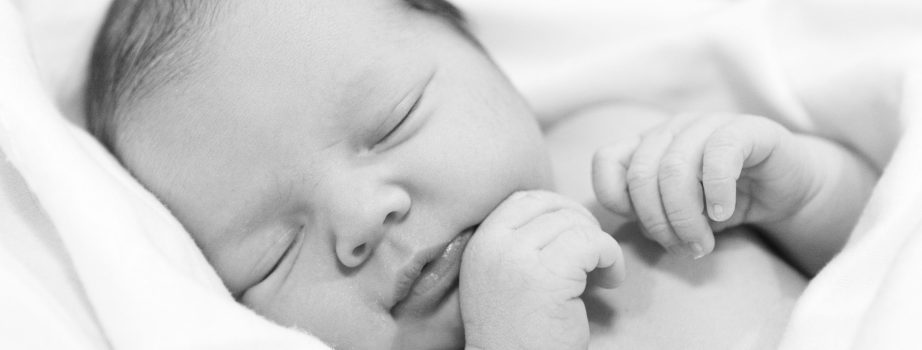
Recently, Yan and I had the opportunity to visit the Stanford Initiative to Cure Hearing Loss (SICHL). Not only did we get to tour the research facilities, but we sat down with several world-renowned researchers who are on the cutting edge of curing hearing loss.
Basically, SICHL’s goal is to create treatments that repair the damaged inner ear and restore lost hearing, quiet tinnitus and improve balance. Stanford believes that hearing loss can be corrected and avoided. I strongly encourage other parents to follow their research and blog!
In particular, take a look at the following posts. These will help you to understand what the key areas of hearing loss-related research that Stanford is investing in currently, and what their goals are for the next five years:
Grillet Lab: Nicolas Grillet, PhD is focusing on a gene called Loxhd1, which is responsible for a non-syndromic form (i.e. no other symptoms) of hearing loss. His team is using mouse models to study the effects of different mutations in this gene.
Oghalai Lab: John S. Oghalai, MD has been studying how sound vibrates the hair cells within the cochlea, and how the loss of some of the hair cells affects the ability of the rest of the hair cells to work. Dr. Oghalai’s work will help to develop more effective treatments for patients with hearing loss and better hearing aid and cochlear implant programming algorithms. Notably, they have developed a way to image the cochlea in animals in a non-invasive way. They are hoping to do the same for human patients so that we can learn exactly why an individual has hearing loss!
Cheng Lab: Alan Cheng, MD lab has made major discoveries in the areas of cell regeneration. His lab has established one of the first models of mammalian cochlear hair cell regeneration (which before his lab was understood not to regenerate in mammals). His lab studies several models of mammalian hair cell regeneration and also has the ability to determine whether regenerated hair cells function as normal hair cells.
Dr. Cheng’s lab has also focused on ways to prevent certain types of antibiotics known as aminoglycosides from causing hearing loss. They are working to create non-toxic antibiotics in the next five years.
This is just a sample of the areas of research happening at Stanford. You can learn more about their ongoing investigations and goals here.
Do you follow any research you would like me to include here? Please let me know in the comments section!
